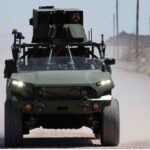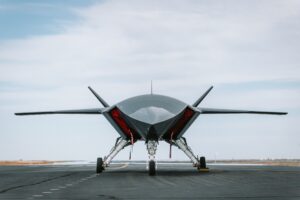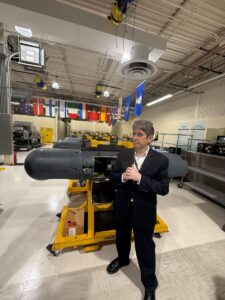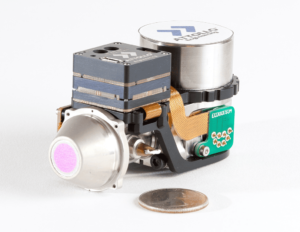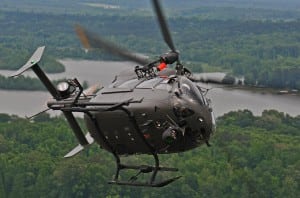
The final fiscal 2017 defense appropriations bill includes several billion dollars for Army force structure increases and boosts to aircraft and other procurement over the budget request submitted by the previous administration.The bill, released March 2, authorizes a boost to Army end strength of 16,000 soldiers from 460,000 to 476,000, which would put the service 1,000 troops above its funded size in fiscal 2016. The Army Reserve would increase in size from 195,000 to 199,000, which also would put it…

 By
By 
